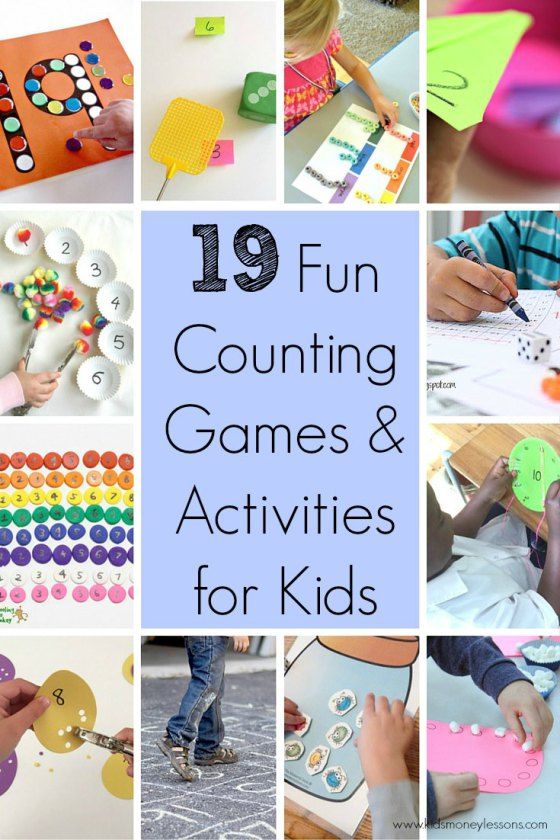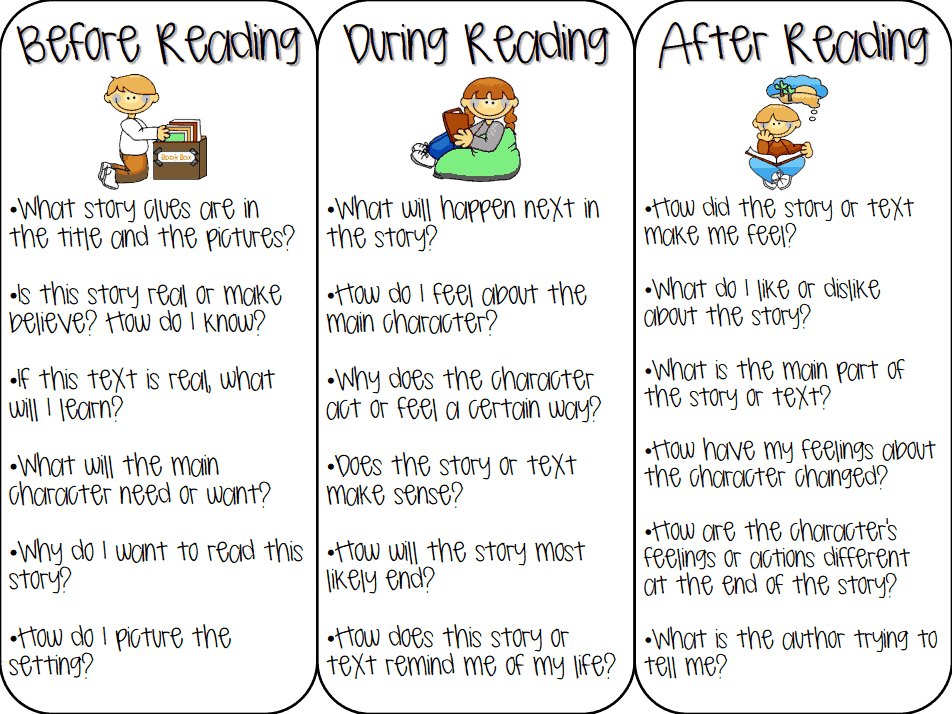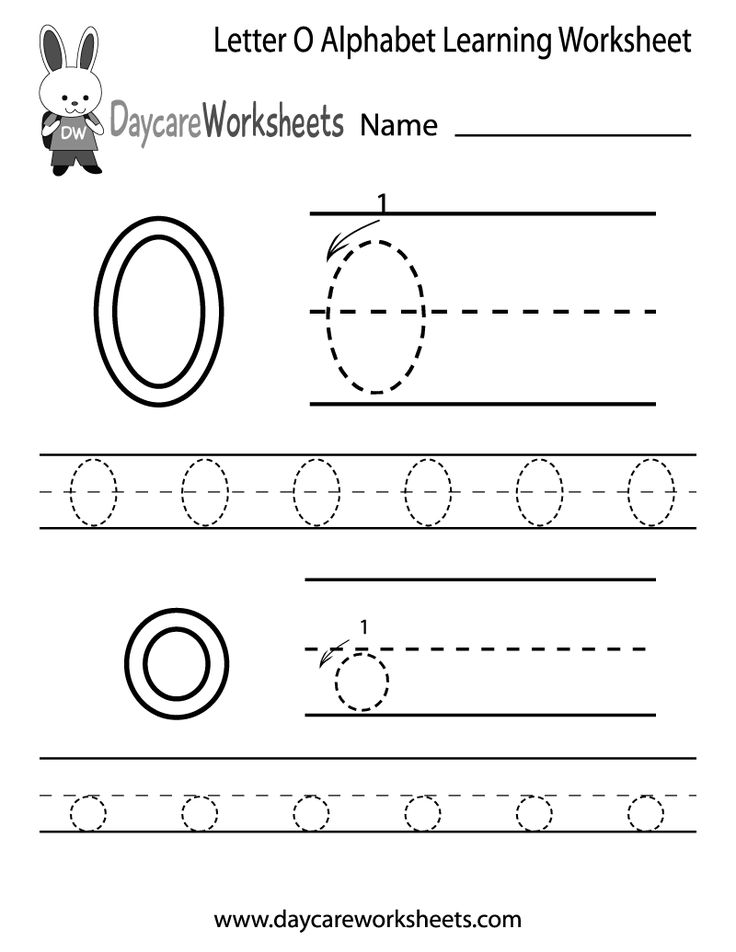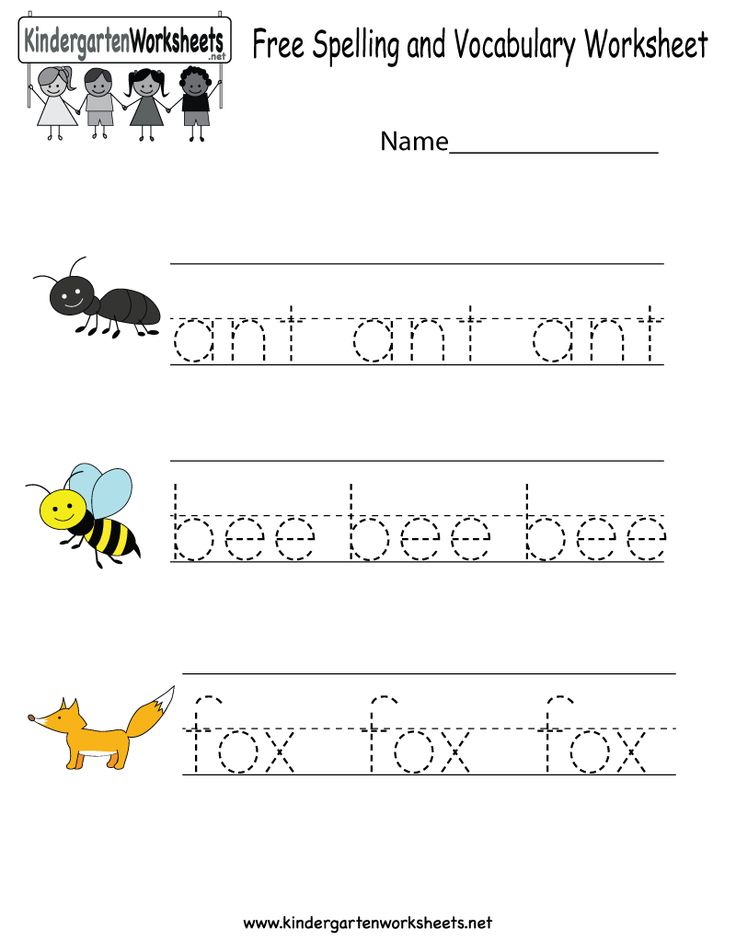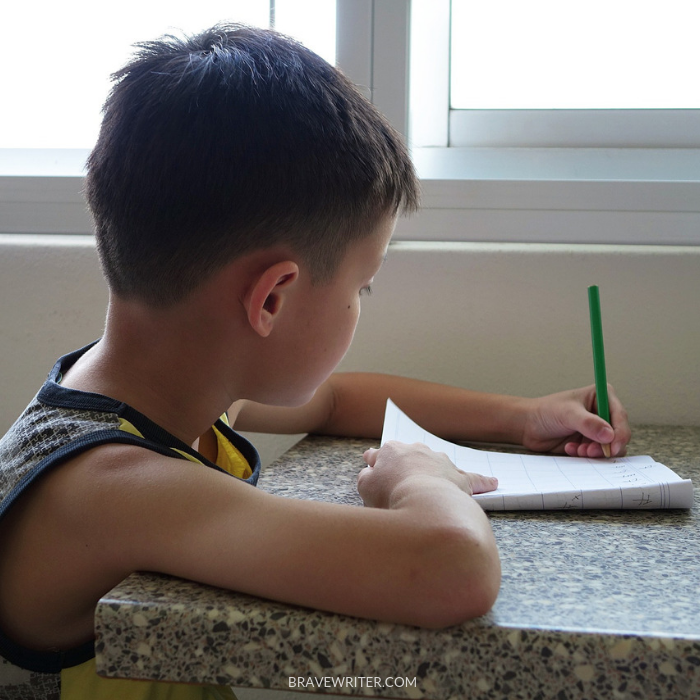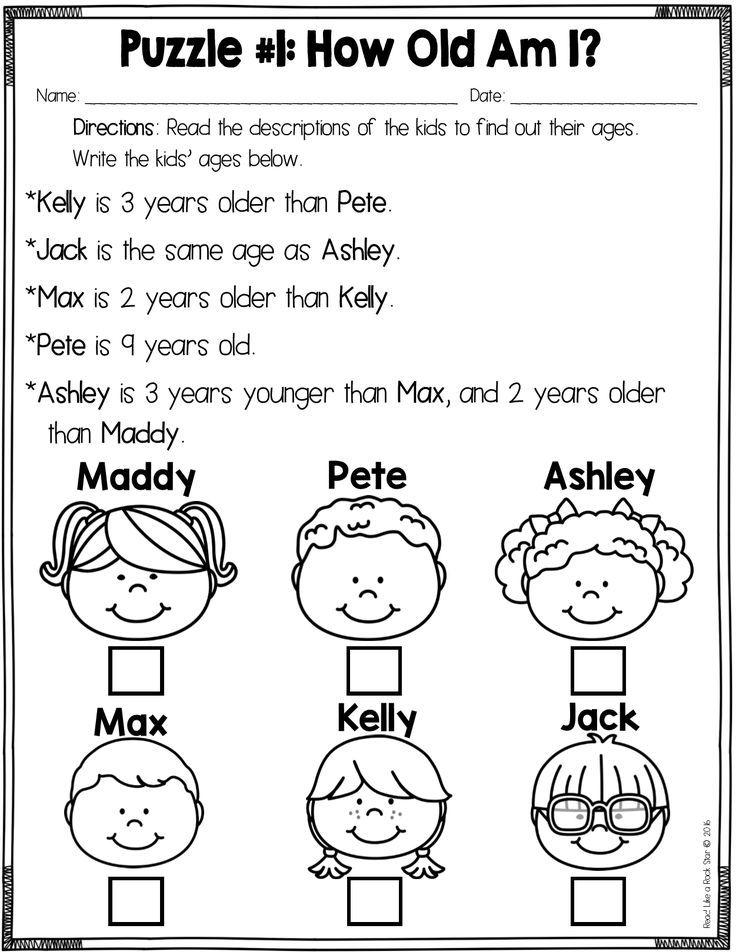Stories of s
Meet the Letter S
None The letter S makes a sensational showing in our Meet the Letter S fully animated video. Our child narrator first describes how to form both uppercase and lowercase S, and then it's time for the story! Best friends, Sally the snake and Steven the seal, decide to build a spaceship so that they can visit a distant star. They gather supplies to construct a sparkly silver ship. Everything is super until the seats start slipping. Sam the sloth sssssssslooooowwwllly comes to assist, but before he arrives, Sally solves the problem, and off Sally and Steven blast, past the sun, and all the way to a spectacular star where they happily eat sandwiches. This story is a perfect showcase for the stellar, stupendous letter S. The letter S makes a sensational showing in our Meet the Letter S fully animated video. Our child narrator first describes how to form both uppercase and lowercase S, and then it's time for the story! Best friends, Sally the snake and Steven the seal, decide to build a spaceship so that they can visit a distant star.Kindergarten
Find short stories with pictures that are great for kindergarten reading level. Your child can learn about all the letters in the alphabet in the Meet The Letter series and learn to count in Monster Birthday Surprise.
view all
Meet the Letter A
Meet the Letter B
Meet the Letter C
Meet the Letter D
Meet the Letter E
Meet the Letter F
Meet the Letter G
Meet the Letter H
Meet the Letter I
Meet the Letter J
Meet the Letter K
Meet the Letter L
Meet the Letter M
Meet the Letter N
Meet the Letter O
Meet the Letter P
Meet the Letter Q
Meet the Letter R
Meet the Letter S
Meet the Letter T
Hamsters Holding Hands
Monster Music Factory
Monster Birthday Surprise
One membership, two learning apps for ages 2-8.
TRY IT FOR FREE
Full Text
Meet the Letter S This is a story about the letter S. To make uppercase S, you start here and make a curve this way and then a curve back this way. To make lowercase s, make a curve this way and then a curve back this way. Some words that start with the letter S are . . . Snake Seal Spaceship Now, here’s our story! Sally the snake and Steven the seal are best friends. One day, Sally and Steven decide to build a spaceship to go visit a distant star. Sally slithered to her woodshop to get spaceship supplies. She scooped up screws and a saw. Steven skipped to the store to get sandwiches for their trip. They met back up and started making their spaceship. Sally built the ship and painted it sparkly silver. Steven built seats. Sally tried to use her screws to attach the seats, but the screws didn’t fit—they kept slipping. Sally and Steven didn’t know what to do! They needed seats for their spaceship! They called over to their friend Sam the sloth to help them out, and then he started slinking over sooooo sloooooowly. While they were waiting for Sam, Sally figured it out. She screamed, “I’ve got it!” and speedily slithered back to her woodshop. “Oh, silly me!” Sally said. “I took size seven screws, but I needed size six screws!” Sally slithered back with the size six screws and screwed in the seats. The spaceship was ready, and ZOOM—blasted off! Sam the sloth arrived just in time to say “BYYYYYYE!” Steven steered the ship all the way past the sun to a spectacular star, where they ate their scrumptious sandwiches. The End. S! What S words did you hear in the story?
While they were waiting for Sam, Sally figured it out. She screamed, “I’ve got it!” and speedily slithered back to her woodshop. “Oh, silly me!” Sally said. “I took size seven screws, but I needed size six screws!” Sally slithered back with the size six screws and screwed in the seats. The spaceship was ready, and ZOOM—blasted off! Sam the sloth arrived just in time to say “BYYYYYYE!” Steven steered the ship all the way past the sun to a spectacular star, where they ate their scrumptious sandwiches. The End. S! What S words did you hear in the story?
1
We take your child's unique passions
2
Add their current reading level
3
And create a personalized learn-to-read plan
4
That teaches them to read and love reading
TRY IT FOR FREE
Books for the Letter S
I have really enjoyed these “letter of the week” book lists! How about you? I hope that it’s made your library trip a little easier, especially if you’re working on a particular letter sound. Today, I’m sharing some books for the letter s as well as our FREE letter s printable packs:
Today, I’m sharing some books for the letter s as well as our FREE letter s printable packs:
- Learning the Alphabet Letter S Printable Pack
- Reading the Alphabet S Lesson
*This post contains affiliate links.
Books for the Letter S
These books for the letter s feature these s words: sand, small, seven, sounds, sillies, seed, senses & sunshine.
Sand Cake by Frank Asch is such a cute story about how using your imagination can be fun! Baby Bear wants to bake a cake for Papa Bear, but all they can find is sand, sand and more sand. After searching for a way to make a cake, Papa bear helps baby bear “bake” a cake on the beach. This book is a great one for getting kids to predict what will happen next and it has such a clear problem and solution.
I would put You are (Not Small) by Anna Kang in the same category as the Elephant & Piggie books.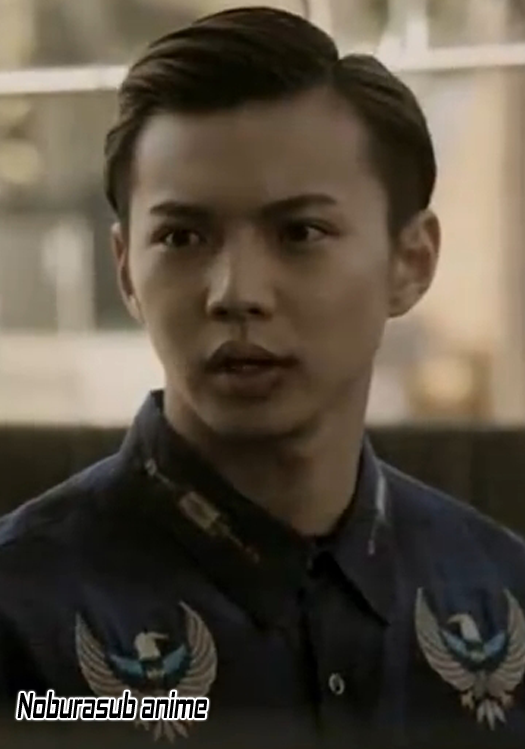 Kang uses controlled language and vocabulary, but in such a creative way as one fuzzy creature and other have a discussion over who is big and who is small. The one thing they can agree on is that they are both hungry! 🙂
Kang uses controlled language and vocabulary, but in such a creative way as one fuzzy creature and other have a discussion over who is big and who is small. The one thing they can agree on is that they are both hungry! 🙂
Seven Blind Mice discover a big something and all work together to figure out what it could be. Each mouse feels a piece of the big something and relates it to something else in the form of a simile. I will admit that this is not one my kids ask for over and over again, but I think it’s very clever.
Sounds are All Around by Wendy Pfeffer is part of the Let’s Read and Find Out Science series, which is one of my favorite nonfiction series books. While young tots might enjoy the pictures and modified text (because it’s a little lengthy), it is the perfect fit for older preschoolers and Kindergartners.
Shake My Sillies Out is a book that you can’t just read. You gotta get up and MOVE! I adore the Raffi song and have used it for years. It’s perfect right before bedtime as kids get those last minute wiggles out. It’s also a great rainy day book for getting out that energy! You can find more of Raffi’s sing-along books here. Our family’s favorite is Down by the Bay. 🙂
You gotta get up and MOVE! I adore the Raffi song and have used it for years. It’s perfect right before bedtime as kids get those last minute wiggles out. It’s also a great rainy day book for getting out that energy! You can find more of Raffi’s sing-along books here. Our family’s favorite is Down by the Bay. 🙂
The Tiny Seed by Eric Carle is a great book for any time of year as the story follows the tiny seed from one year to next through each season as it floats through the air, finds a place to grow, then grows into a very tall and beautiful flower. Once autumn comes again, the beautiful flower opens up its seed pod to release more tiny seeds.
My 5 Senses by Aliki is another Let’s Read and Find Out About Science level 1 books. I’ve used this book for years as a part of an All About Me unit. The text and pictures are simple and preschoolers seem to enjoy it. I like how it takes the five senses a little deeper and shows how they work together, too.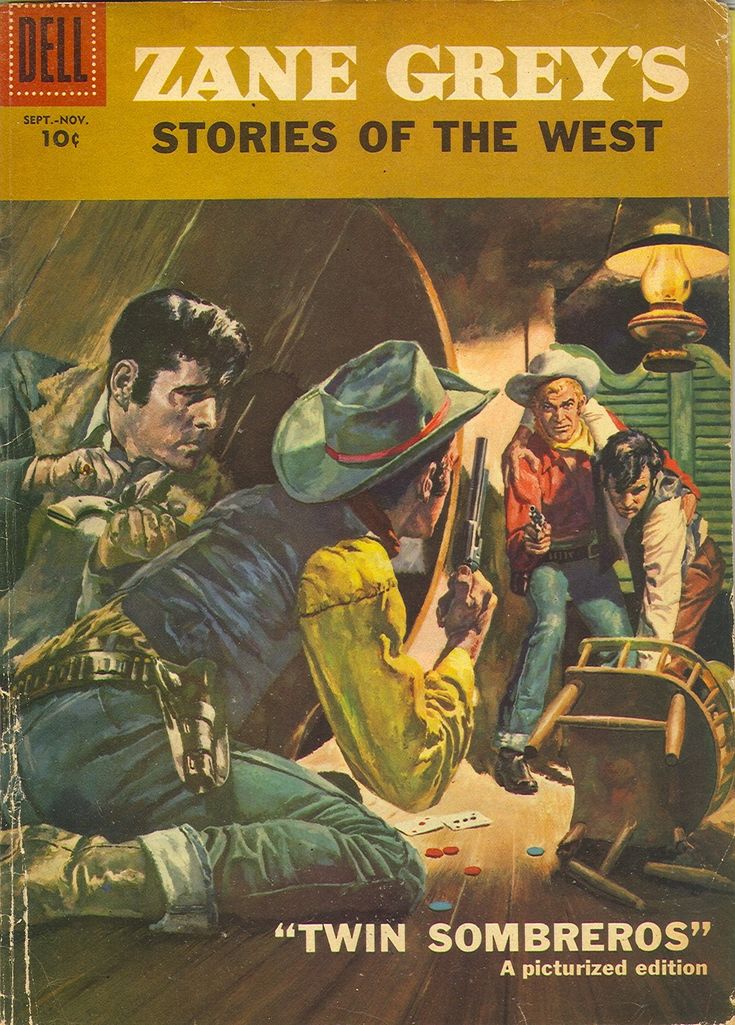
You Are My Sunshine by Caroline Jayne Church is a favorite right now with my 3 year old. She loves to sing it. Although the book does not do the second verse {I don’t blame the author, as the 2nd verse is kind of despressing}, we sing it anyway after reading the book each time. This is on the list of our favorite rhyming books that you can also sing!
See all our Letter of the Week book lists HERE.
Follow This Reading Mama’s board Read Aloud Resources on Pinterest.
Stay connected to This Reading Mama so you don’t miss a thing:
- Subscribe by email {get really cool FREEBIES when you do!}
- Google+
~Becky
User Stories | Examples and Template
Short Description : A user story is a description of the functionality of the software in simple, general terms, written from the point of view of the end user. It is written to explain how a feature will benefit the customer.
It is written to explain how a feature will benefit the customer.
There is a tendency to think of user stories as simply functional requirements for software. But it's not.
The unique thing about agile software development is that it puts people first, and user stories serve to ensure that actual users are always at the center of the conversation. Stories are written in simple language, without technical specifics, and serve as a context for the development team and their activities. By reading the user story, the team knows why they create what they create and what value it generates.
User stories are one of the core components of an agile program. They allow you to organize your daily work into a user-oriented system, which helps to strengthen collaboration, search for innovative ideas and improve the quality of the product as a whole.
What are user stories in agile?
The user story is the smallest unit of work in the agile methodology.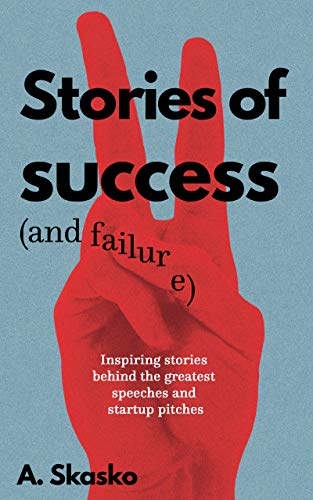 It is an end goal, not a capability articulated from the point of view of the software user.
It is an end goal, not a capability articulated from the point of view of the software user.
A user story is a description of the functionality of the software in simple, general terms, written from the point of view of the end user or customer.
A user story is written to explain how the completion of a work task will lead to the creation of specific value for the customer. "Clients" do not have to be third-party end users in the usual sense of the word. This role can be played by internal clients or colleagues within the organization who rely on your team.
User stories consist of several sentences that describe the desired result in simple terms and in general terms. They do not contain small things. The requirements will come later when the team discusses them and comes to an agreement.
User stories fit neatly into Agile practices such as Scrum and Kanban. In Scrum, user stories are added to sprints and tracked on burndown charts throughout the sprint.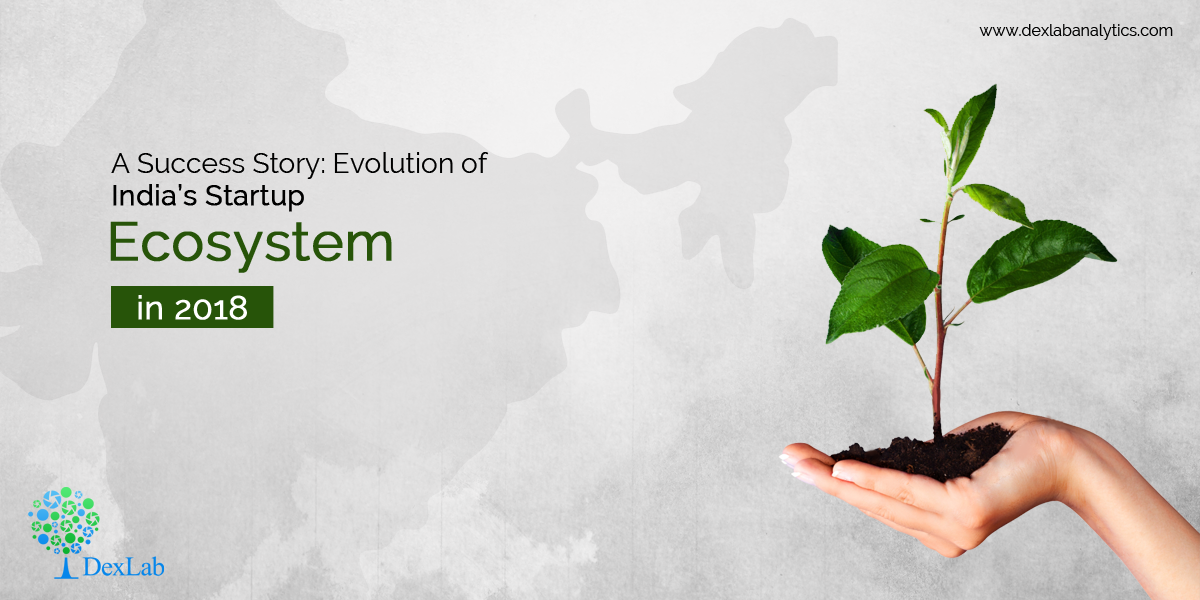 Kanban teams add user stories to the backlog and run them through the workflow. This is how Scrum teams improve their sprint estimation and planning skills, increasing their forecasting accuracy and their flexibility. With the help of stories, Kanban teams begin to more professionally manage work in progress (WIP) and can further improve workflows.
Kanban teams add user stories to the backlog and run them through the workflow. This is how Scrum teams improve their sprint estimation and planning skills, increasing their forecasting accuracy and their flexibility. With the help of stories, Kanban teams begin to more professionally manage work in progress (WIP) and can further improve workflows.
User stories are also significant elements of Agile practices, such as epics and initiatives. Epics are large work tasks that are divided into multiple stories. A group of epics forms an initiative. Through these large structures, the daily efforts of the development team (in work on stories) lead to the achievement of the goals of the organization, expressed in epics and initiatives.
Learn more about epics and initiatives
Why do we need user stories?
For development teams new to agile, user stories seem like an extra step. Why not just break a big project (epic) into several steps and then deal with them? But with stories, the team gets the necessary context and connection between tasks and the value that comes from completing those tasks.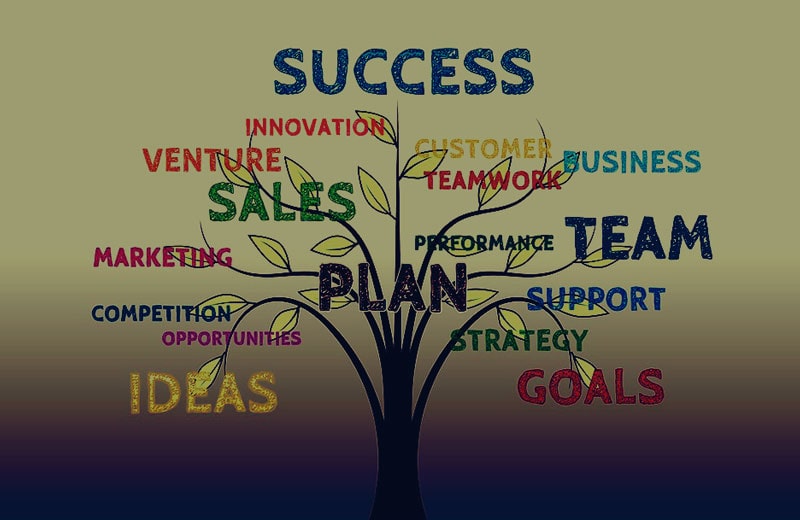
User stories have several important advantages.
- Stories keep the focus on the user. A to-do list will help the team focus on the issues at hand, while a set of stories will help participants focus their efforts on solving real user problems.
- Stories create conditions for collaboration. Once the end goal is defined, the team can work together to find the best solution for the client and the best way to achieve that goal.
- Stories encourage the search for non-standard solutions. Stories force the team to think critically and creatively about the best way to achieve the end goal.
- Stories set the pace. After completing another story, the development team completes a small task and rejoices at the intermediate success, which helps to move on.
See how user stories are implemented in Jira Software
Working with user stories
Once you've written your story, it's time to build it into your workflow.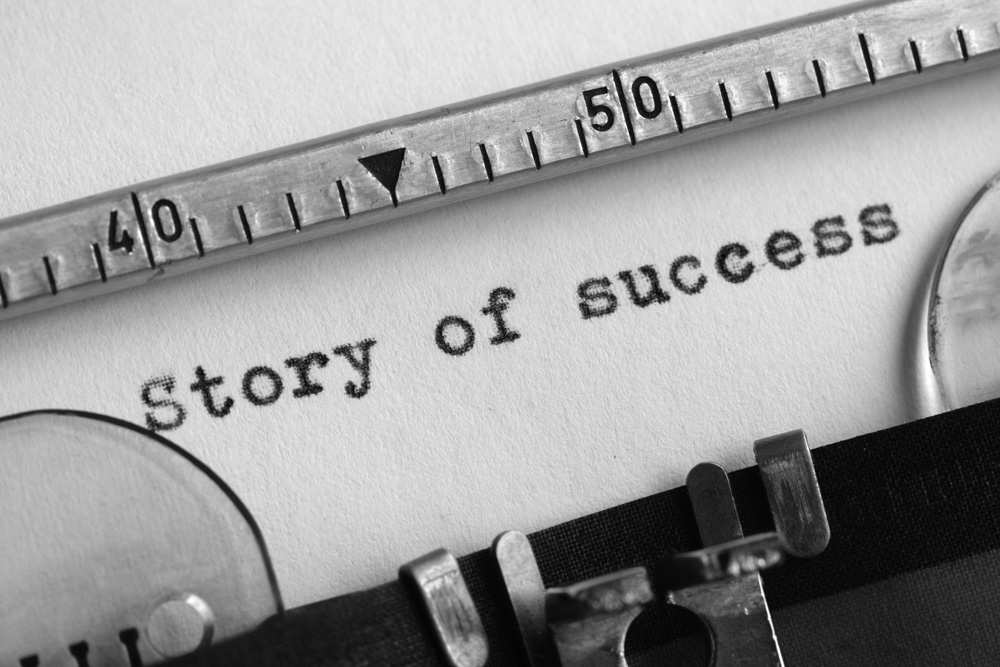 Typically, a story is written by the product owner, product manager, or project team leader, and then submitted for review.
Typically, a story is written by the product owner, product manager, or project team leader, and then submitted for review.
During a sprint or iteration planning meeting, the team decides which stories it will complete during that sprint. During this phase, the teams discuss each user story's requirements and associated functionality. This is a chance to showcase your skills and creativity and contribute to bringing history to life with your team. Upon completion of the approval, the requirements are added to the history.
Even in meetings, stories are evaluated based on their difficulty or the time it takes to complete. Teams calculate scores in T-shirt sizes, Fibonacci sequence scores, or planning poker. The story needs to be large enough to be completed in a single sprint, so as each story is evaluated, the team ensures that stories that are too laborious or time consuming are broken down into smaller chunks.
How to write a user story
Keep the following in mind when writing user stories.
- Operation readiness criteria . Typically, a story is considered "done" when the user is able to do what was requested. However, be clear about your goal.
- Brief description of tasks and subtasks . Determine which specific steps to go through and who is responsible for each one.
- Customer types . For whom? When there are multiple types of end users, it is desirable to write multiple stories.
- Stages as part of chain . Write a story for each step that makes up the larger process.
- Feedback . Keep in touch with users to see the problem or need through their eyes. Why guess when you can hear the story from the customers themselves?
- Time . Time is a very touchy subject. Many development teams are afraid to raise questions about time at all, relying on their own estimates. Stories should be completed in a single sprint, so stories that can take weeks or months to run should be split into several smaller stories.
 Alternatively, consider them standalone epics.
Alternatively, consider them standalone epics.
Once you've created user stories, make sure they're shared with the entire team.
User story template and examples
User stories are often presented as a simple sentence like this:
"Like [customer type], [want this], [to do something]."
Let's analyze this wording.
- “Like [type of client]”: who are we doing this work for? The position is not so important for us, but the personality, what stands behind the type of client. Here is Max, for example. Our team needs to have a unified idea of what Max is as a person. Luckily, we interviewed a lot of Maxes. We understand how this person works, how he thinks and how he feels. We have empathy for Max.
- "I want this": This part is the intention of the user, not the features they are using. What does the user want to achieve? In this statement there should not be a word about the ways of implementation.
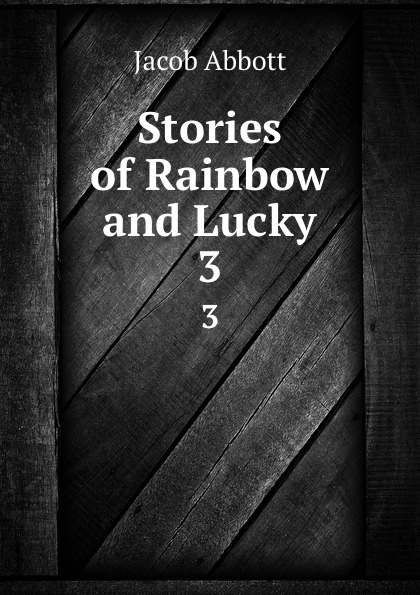 If you describe any detail of the user interface, ignoring the purpose of the user, you are missing the point.
If you describe any detail of the user interface, ignoring the purpose of the user, you are missing the point. - "To do something": what place is given to this momentary desire of the client on a larger scale? What overall benefit does the client want to derive? What is the big problem that needs to be solved?
User stories might look like this, for example.
- As Max, I would like to invite my friends so that we can enjoy this wonderful service together.
- Like Sasha, I want to organize my work in order to better control the situation.
- As a manager, I want to see how my colleagues are progressing so that we can report more accurately on our successes and failures.
This structure is not required, but it helps to define the criteria for job completion. The story is completed when the mentioned customer type receives the required value. Ideally, teams formulate their own structure and stick to it.
Getting started with user stories in agile
User stories reveal the essence and purpose of the day-to-day work of development team members. They are often written in the form " customer type + need + goal ". To make the process work like clockwork, it is important to understand the role of stories: they explain what the team should do and why they should do it.
They are often written in the form " customer type + need + goal ". To make the process work like clockwork, it is important to understand the role of stories: they explain what the team should do and why they should do it.
Start by evaluating the next or most urgent major project (eg epic). Break it down into small user stories and bring it to perfection with the development team. When the stories are ready and presented to the judgment of the whole team, you can get to work.
Max Rehkopf
I used to consider myself a “chaotic gouge”, but agile techniques and principles have helped to bring order to my daily life. It's a real joy for me to share this knowledge with others by posting numerous articles, participating in conversations, and sharing the videos I create for Atlassian.
Stories with Orchestra: Moscow State Philharmonic Society
"Vladimir Yurovsky conducts and tells."
Fire Thieves
Almost everything about Prometheus in three summer evenings
Stories with an orchestra. Conducted and narrated by Vladimir Yurovsky” were held with full halls. Inspired by such a successful start, Maestro Yurovsky decided to carry out a similar project this summer as well. All three evenings are united by one theme - myths and legends about the ancient Greek hero Prometheus.
Conducted and narrated by Vladimir Yurovsky” were held with full halls. Inspired by such a successful start, Maestro Yurovsky decided to carry out a similar project this summer as well. All three evenings are united by one theme - myths and legends about the ancient Greek hero Prometheus.
According to the conductor, the figure of Prometheus has never left people indifferent. To trace how the view of the myth of Prometheus changed at different times, and what works of art were inspired by this image of famous composers and playwrights, is the main idea of the summer concert cycle.
Being a man of broad erudition and an excellent storyteller, Vladimir Yurovsky, perhaps like no one else, knows how to capture the attention of the public, awaken the imagination and, thereby, set the listeners on a deep emotional perception of the musical part of the concert. Without a doubt, this summer series will give us all great pleasure, because each of us will discover a lot of new and unexpected things and will be able to hear magnificent scores performed by the State Orchestra and its chief conductor and artistic director.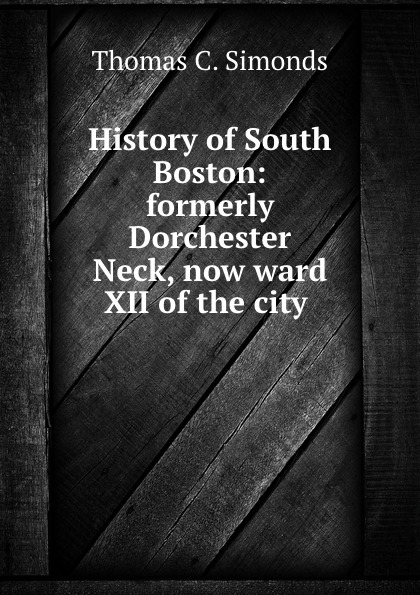
Stories with an orchestra. Vladimir Yurovsky conducts and narrates. June 10, 2013.
Stories with an orchestra. Vladimir Yurovsky conducts and narrates. June 10, 2013.
Stories with an orchestra. Vladimir Yurovsky conducts and narrates. June 10, 2013.
State Core named after E.F. Svetlanova
Alla Demidova (Artistic Word)
‹S.
Beethoven
Ballet “Creations of Prometheus”
Orf “Prometheus” on the tragedy of Eschil (fragments)
0002 June 9, 19:00
Concert Hall named after P.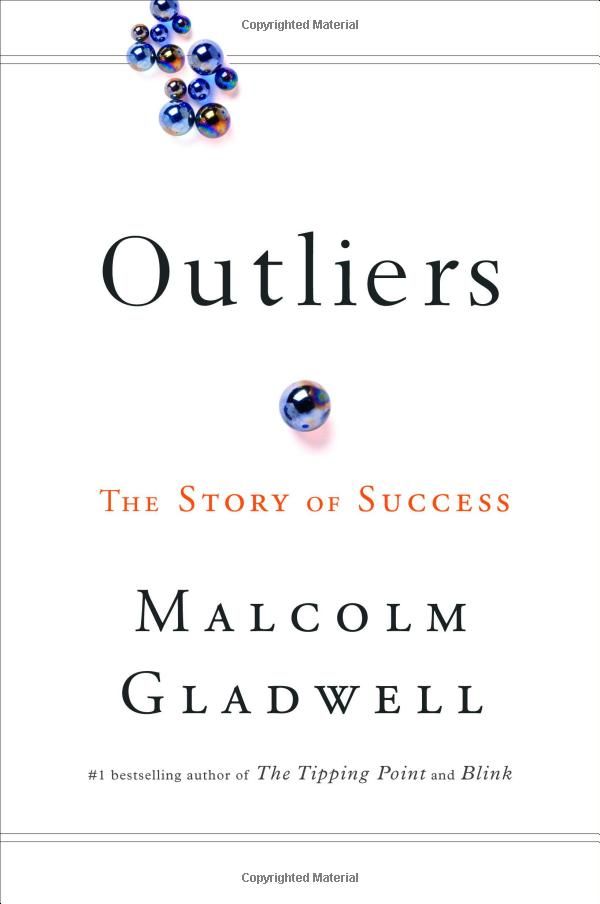
Learn more


